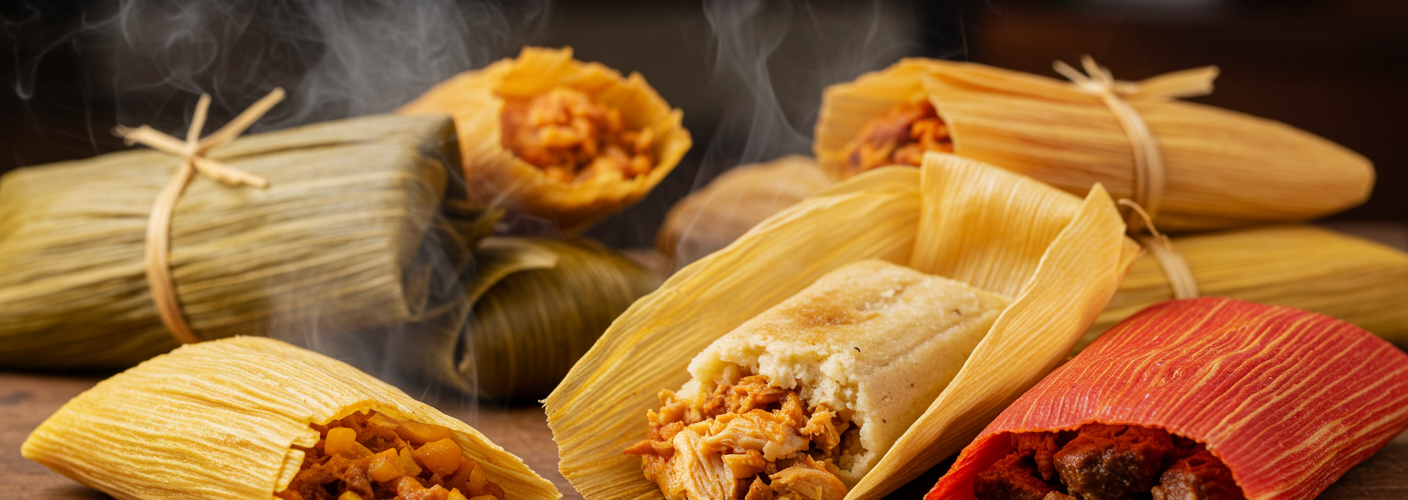Tamales are not just food; they are a celebration of culture, family, and tradition. This delightful dish, made from corn dough (masa) and various fillings, has a rich history that spans generations and stretches across many regions, particularly in Latin America. Wrapped in corn husks and steamed to perfection, tamales offer a comforting and flavorful experience that is cherished by many.
At the core of every tamale is the masa, a dough made primarily from masa harina, a special corn flour that is treated with an alkali to enhance its flavor and nutritional value. The process of making tamales requires some skill, but it’s also a labor of love. The dough is seasoned and often combined with lard or vegetable shortening to give it a rich texture, providing a delightful base for the filling.
The filling options for tamales are virtually limitless. Traditionally, they can be stuffed with a variety of ingredients, from seasoned meats such as pork, beef, or chicken to vegetarian options like cheese, beans, and roasted vegetables. Spices play a crucial role in the filling, adding depth and character to the tamales. The flavors can vary widely depending on the region from which they originate. For instance, in Michoacán, you might find tamales filled with a zesty chipotle sauce, whereas in Veracruz, seafood fillings might take center stage.
Wrapping the tamale should be done with care. The masa is spread on a soaked corn husk, which helps keep the steam in during the cooking process. The filling is placed in the center, and the husk is rolled up, securing the ingredients inside. Once prepared, the tamales are placed upright in a steamer, covered with additional husks or cloth, and steamed until the masa firms up and becomes fluffy.
Tamales are not just a dish to enjoy on any day; they are often associated with significant celebrations. In many families, the process of making tamales becomes a communal event, particularly during holidays like Christmas and Día de los Muertos. This gathering brings families together, creating bonds over shared recipes and cherished memories. The aroma of steaming tamales fills the air, evoking warmth and nostalgia.
Serving tamales is an art in itself. Often, they are accompanied by salsas or mole, which enhance their flavors even further. A spicy salsa verde or a rich, chocolatey mole can turn a simple tamale into a feast. While some enjoy their tamales on their own, others prefer the added kick of these delectable accompaniments.
Tamales can also appeal to various dietary preferences. With a bit of creativity, they can be customized to cater to vegan and gluten-free diets. Using plant-based fillings and alternative binders can ensure that everyone can enjoy this traditional dish.
In summary, tamales are a delightful culinary creation that embodies the spirit of sharing and togetherness. Whether you are enjoying them at a festive gathering or crafting them for an intimate family dinner, tamales are more than just a meal; they are a connection to cultural heritage and an invitation to savor the rich tapestry of flavors and traditions they represent. So the next time you have the chance, don’t pass up the opportunity to savor these delicious treasures wrapped in corn husks!




Add comment